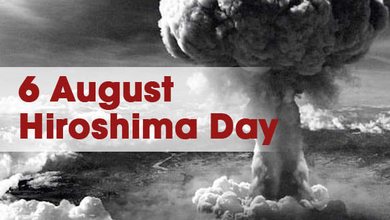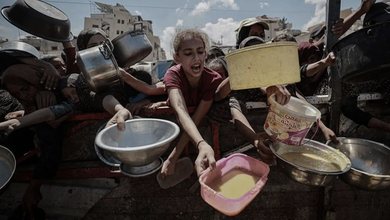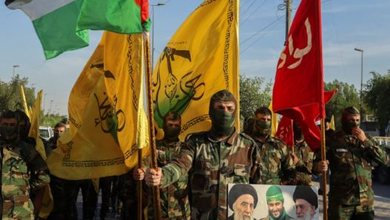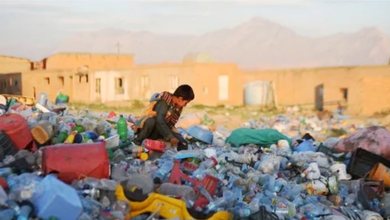
Iran's capital is just weeks away from running out of water after a historic water crisis.
Iran's capital, Tehran, is perilously close to "day zero" - the moment when taps stop working for most of the city's 10 million residents. After five consecutive years of drought, record temperatures and decades of poor water resource management, Tehran's water supply is collapsing.
The city's main reservoirs, fed by mountain dams, are currently at only 21% of capacity. To save what's left, authorities have cut water pressure by almost half, affecting more than 80% of households. For many residents living in high-rise buildings, this means a total lack of water.
Water is now being delivered by tankers. Those who can afford it are installing private water tanks, while others are moving out of the city altogether to reduce demand. The government has already declared public holidays to limit water and electricity use – and is considering a week-long lockdown to keep people out of the capital.
This crisis did not come suddenly.
Experts say climate change has reduced rainfall by more than 40% compared to historical averages. But the bigger problem is decades of unsustainable practices: overexploitation of groundwater, inefficient agriculture, and rapid urban expansion without a long-term water strategy. In some parts of Tehran, the land was sinking by more than 25 cm per year due to collapsing aquifers.
“This is no longer a crisis,” warns water scientist Kaveh Madani. “This is water bankruptcy, and some of the damage is already irreversible.”
Iran’s energy minister says 30 of its 31 provinces are experiencing water stress. And while the government is pursuing quick fixes like water transfers and rationing, experts say only deep structural reforms – particularly in the agricultural sector – can avoid complete collapse.
CNN






















